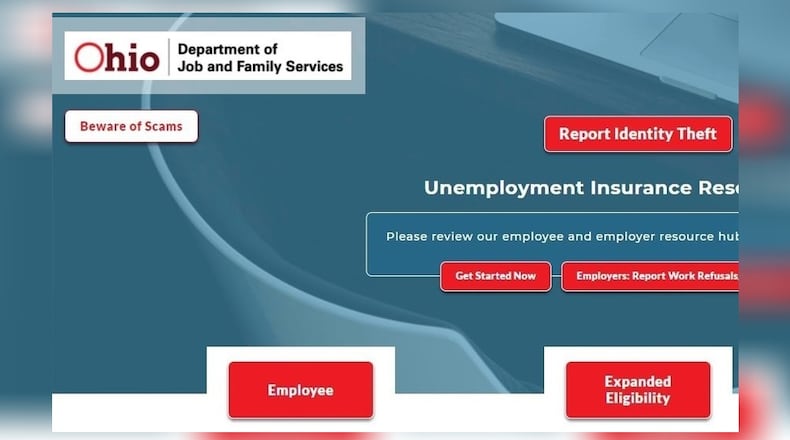“The unprecedented amount of claims filed and benefits distributed as a result of the pandemic unfortunately resulted in equally unprecedented fraud across the nation,” Damschroder stated in a release from the department. “While we have no evidence any ODJFS system was breached, we are in a unique position to help those who were victimized by providing them with credit-monitoring tools.”
ODJFS is notifying approximately 410,000 individuals who reported being the victim of such identity theft. Those who believe they were victims, but have not yet reported it, can do so at unemployment.ohio.gov or by calling 833-658-0394.
The services include identity theft monitoring, restoration and insurance.
ODJFS is using an existing state contract with IDX, a nationally recognized provider of credit monitoring services. The cost is estimated to be between $588,000 and $748,000, with the final amount depending on how many people enroll. The cost includes various elements of starting up and maintaining the service, including notifying individuals of their eligibility, maintaining an enrollment website and providing contact center support, according to the agency.
Since the start of the pandemic, ODJFS reported it has paid approximately $24 billion in claims to 2.4 million claimants. These include those eligible for traditional employment, as well as individuals such as gig-workers, who were eligible for the federal government’s Pandemic Unemployment Assistance program. To date, ODJFS has identified $496 million in fraudulent overpayments.
With the help of a public-private sector partnership established by Gov. Mike DeWine, ODJFS has put a number of enhancements in place related to security and fraud detection, including:
- A suite of cybersecurity fraud prevention solutions across programs
- New investigative tools to detect fraud
- New verification and fraud-scoring methods to provide critical data related to verifying information provided by claimants
- Implementing a process of cyber fraud defense reviews, investigatory protocols and front-end defenses, and multi-factor authentication that includes one-time passwords, challenge questions, reCAPTCHA images and document scanning
- Continued development of a new unemployment system that will enhance claims processing and better support businesses.
About the Author

